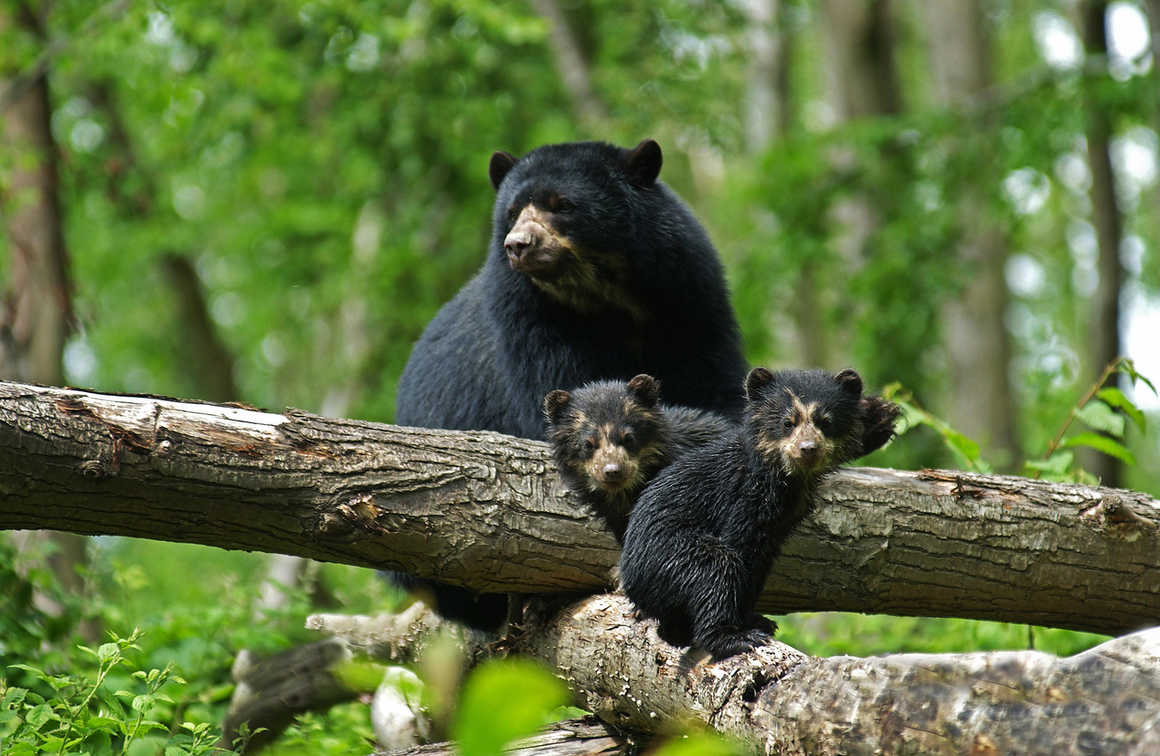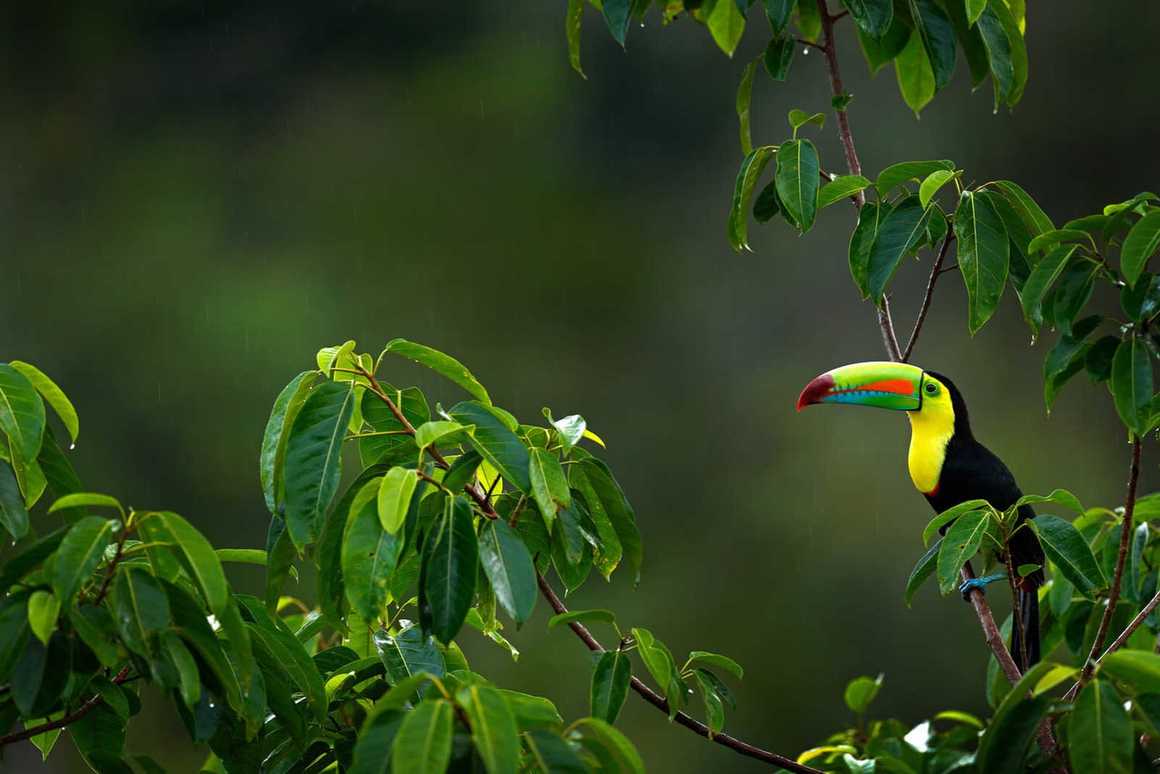Paddington Bear – the famous bear from ‘darkest Peru’
Made famous in the 1958 storybook by Micheal Bond, A Bear
Called Paddington, in case you didn’t know, Paddington Bear is a spectacled
bear from the Andes that arrives at London Paddington Station as a stowaway. The
storybook series is regarded with affection by the British public and children
and adults across the world have heard about the adventures of Paddington, the
talking bear.
The world of Paddington has since expanded to include
Paddington bear toys, a Paddington bear film franchise and TV series, a
Paddington bear shop and various Paddington bear clothes, teddies and even
statues. This very British bear is a national treasure but how close to the
truth is the story of Paddington? Let’s take a look.
Are there bears in Peru?

There is only one species of bear native to South America
still in existence and this is the Tremarctos ornatus, the last species
of short-faced bear. These bears are also known as the Andean bear, the
spectacled bear or the South American bear and are listed as a vulnerable
species due to the loss of their natural habitat.
Deforestation, conflict and poaching has fragmented the
areas where the spectacled bears live and where they once roamed the Andes
across the borders of Columbia, Bolivia, Argentina, Venezuela, Ecuador and Peru, populations are now much sparser. It is estimated there may only be
around 2,500 mature bears left in the Andes but their shy nature has made
studying them in their native habitats tricky.
One place where it is possible to see spectacled bears in
the wild is Machu Picchu. Local populations here have been known to wander
through this historic sanctuary much to the delight of those trekking in Nepal
and visiting this Incan wonder.
Where is ‘darkest Peru’?
Darkest Peru is not in fact a real place but as spectacled
bears like high altitude forest, scrublands and grasslands and largely eat a
plant-based diet it is suspected that darkest Peru refers to the eastern parts
of Peru where there is plenty of Amazonian rainforest with the wide variety of
plants, fruits and vegetation that bears like to eat. For this reason, visitors
to Cusco who venture out of the city and into the rainforest may find
themselves lucky enough to spot one of these wonderful bears off the beaten
track.
Could bears actually talk?
Whilst Paddington is known for speaking the Queen’s English,
it is not anatomically possible for bears to actually speak as we do. There are
very few creatures that are able to formulate English words. Bears do however
communicate using sounds and body language, like many wildlife species, but
their ‘words’ are limited to guttural noises, huffing and chomping their teeth.
What other wildlife is there in Peru?

Peru is one of the most biodiverse countries in the world
with the Andean mountains, Amazon rainforest and Pacific coastline making it
home to thousands of different wildlife species. Each of these areas is home to
rare and unique creatures, making Peru a paradise for animal lovers.
What is Peru famous for?

Peru is also famous for other natural wonders which include
Lake Titicaca and the Colca Canyon. Lake Titicaca is surrounded by Titicaca
National Reserve and is famed for its still and highly reflective waters. It is
also the highest navigable lake in the world and one of the largest in South
America. The lake is known as the birthplace of the Incas and along its shores
are numerous Incan ruins.
Colca Canyon is a breathtaking river canyon around 150 miles
or 240 km to the west of Lake Titicaca. This area is popular with those wanting
to trek in Peru as the remote landscapes, incredible scenery and fascinating
agricultural landmarks are a delight to discover as you walk through this
unique mountainous region.
The capital city of Peru is Lima which is whole other
experience in itself. The sights, smells, sounds and structures of this buzzing
metropolis are an assault on the senses for visitors and arriving in Peru here
is the absolute best way to immerse yourself in Peruvian culture. The high city
of Cusco is another highlight of Peru and the gateway to many of the best
trekking routes in Peru.
Why visit Peru?
Get in touch with the travel experts at Kandoo to book your
Peru experience now and discover all these amazing places for yourself … you
might even spot one of Paddington’s relatives!










